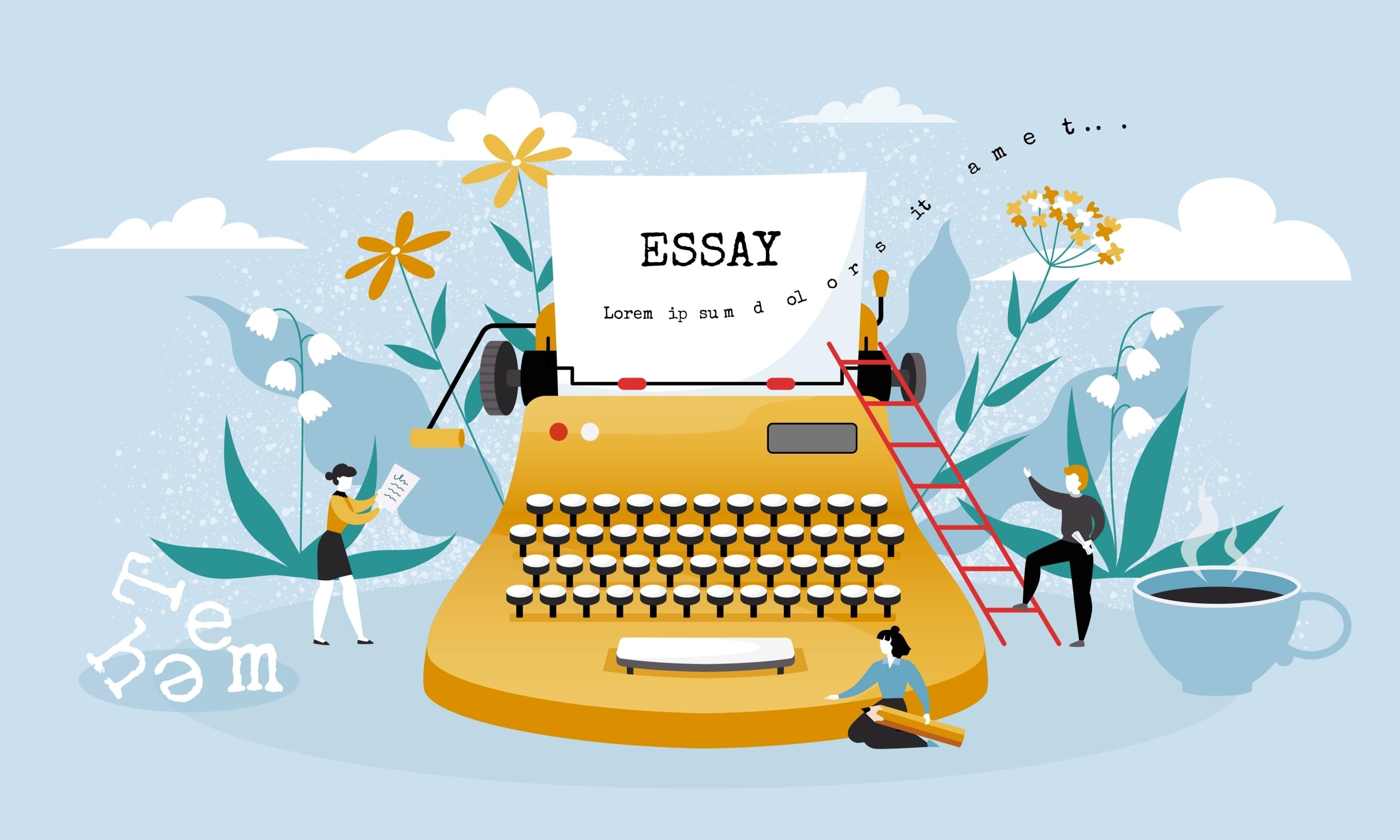We'll be back in a bit !
The system is currently undergoing a routine upgrade to ensure you get the best learning experience. The maintenance is expected to continue till 8:00 pm. Please check back later.
Thank you for your understanding!

Readers' perceptions of your authority and the weight they give to your opinions are influenced by the quality of your writing. Author authority might be bolstered by displaying a wide range of expertise on the topic. The author demonstrates that the moral principles upon which their arguments rest are sound.
Books, magazines, and online pieces that don't focus on fiction frequently have useful essays. Although there is no prescribed length for them, they are often brief and to the point. Younger elementary school students often start by writing informative essays.
A piece of writing whose primary purpose is to educate the reader about a certain subject matter, experience, company, or idea is known as an informative essay. The information in an informative essay comes from reliable sources. It doesn't take a side or try to sway the reader with anecdotes or unreliable judgments. To educate the reader, informative essays usually delve thoroughly into the topic at hand, providing interesting connections and statistics.
Narrative essays, descriptive essays, expository essays, and argumentative essays are the four main types of essays, however, any of the first three can serve as an informative essay. Because of this, they stand out from similar products.
An instructive essay educates the reader on a certain topic. To put it another way, it enlightens the reader about a certain subject, whether it is a word, an event, a phenomenon, etc.
Informative essays might take one of four common forms. One such example is the "defining essay" on Gothic architecture. Another type of writing explores the differences and similarities between public and private institutions of education. Creating a porch swing from recycled pallets is an example of a process essay, whereas the high expense of living in New York City is an example of an analytical essay.
Essay writing
The basic structure of an informative essay is uncomplicated. It needs to have a beginning, middle, and end. These parts are more properly known as the introduction, body, and conclusion.
An instructive essay's framework is easy to understand and follow. Like other types of essays, the informative essay will have a structure of four or five paragraphs. These five paragraphs will consist of an introduction, body, and conclusion. A lengthier approach may be necessary, though, if the topic is especially complicated or if you want to include every possible explanation. The most crucial aspect of an informative essay is the presence of your topic. This topic will serve as the title of your essay.
The introduction (or just the beginning) is where you get to make your case and hook the reader. Your thesis statement should just be one phrase long and convey to the reader immediately what they will gain from reading the rest of your paper.
Throughout the middle or body, you may develop your ideas from the thesis statement and hook your readers with convincing arguments and information.
Find your paper's central argument. Explain why this is a big deal and how you plan to convey that message to your readers. Experts from different writing services agree that the key to an effective thesis statement for an informative essay is presenting a clear argument that can be backed up with evidence. Make it in a way that maintenance will be simple in the future. A strong thesis statement would read something like, "By the time a person reaches the age of 40, smoking will have caused three health problems." To provide support for this argument, you must specify the three medical problems and describe the effects of each on human health.
In the final section, sometimes called the conclusion, you might offer a brief overview of the essay. Its purpose is to arouse the reader's curiosity about the topic. Be sure to restate the point with specificity. Perhaps you started the essay with an outline of the points you planned to make. Briefly summarise the material covered in each of those classes.
An instructive essay is an academic piece that serves to educate the reader on a certain subject. It's common to use it when you need to clarify something, back up a claim, or examine certain numbers. An informative essay's goal is to inform the reader on some aspect of the subject at hand.
Writing an informative essay requires a more professional tone and the use of pertinent data and figures. A well-structured essay will include an introduction, main body, and conclusion. Essays intended to inform the reader should do so in a straightforward fashion. Sentences should be well-structured and the language should be simple. No grammatical, spelling, or punctuation mistakes should be found in the essay.
Academic projects, research articles, and business presentations are just some of the many possible applications of informative essays. They can also be used to clarify a point or support a claim.
An informative essay's first paragraph often has a hook statement and the essay's thesis statement. The essay consists of three to five paragraphs that expand upon the introductory paragraph. The paper's central idea and key arguments are restated in the final paragraph.
Tell the truth and offer as much detail as possible. When writing on a subject, provide all relevant details and address any negative elements. Your audience has to have all the information they need to make an educated decision based on what you've written. Use reason; a well-organized informative essay will follow a logical framework.
Informative articles contain useful information which is published in newspapers, books, and academic papers. This is a major kind of nonfiction work that provides readers with valuable information.
